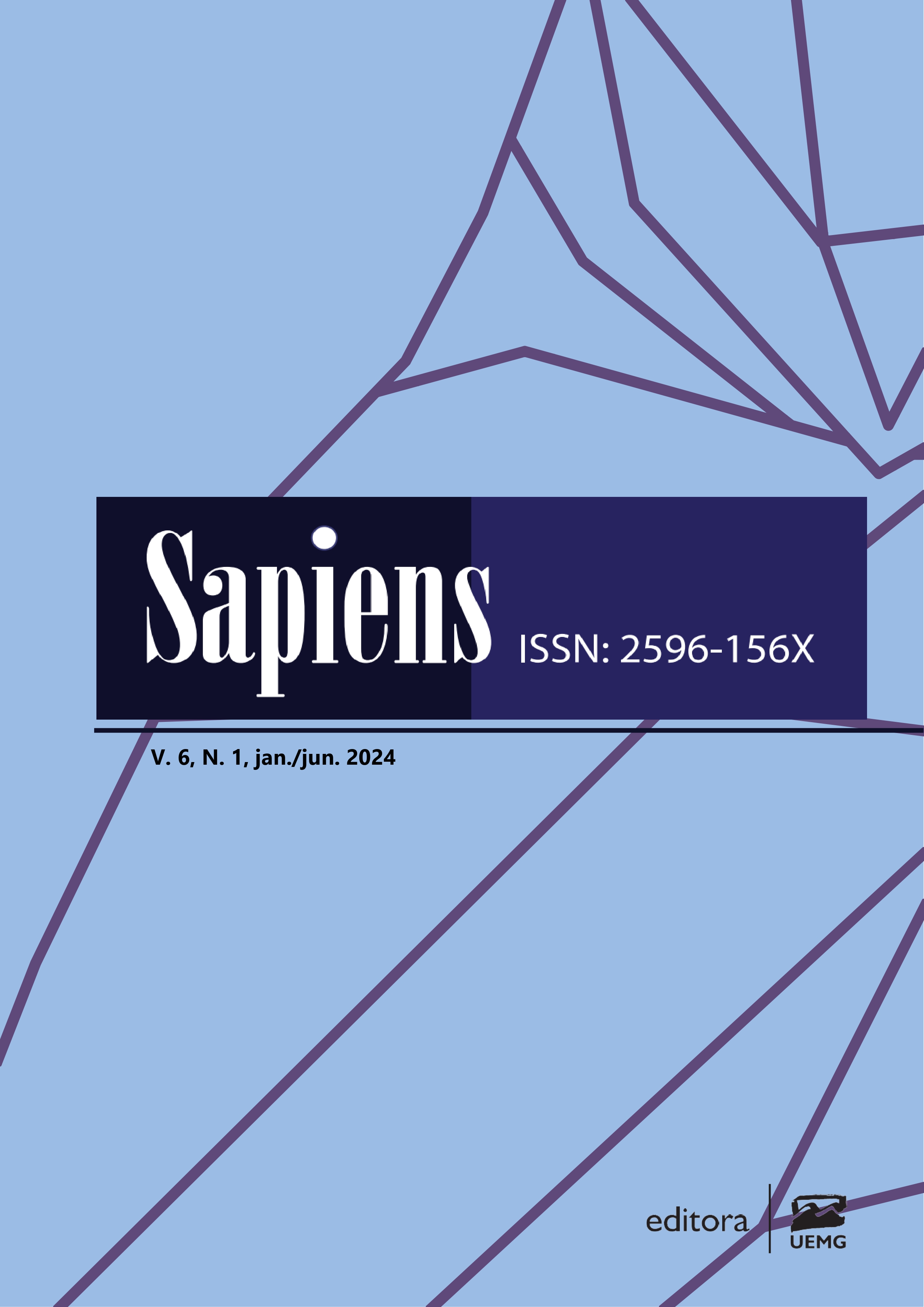(DIS)ASSEMBLY OF A FAKE NEWS SHOWN ON VIDEO: MULTIMODALITY IN READING STATEMENTS
DOI:
https://doi.org/10.36704/sapiens.v6i1.8986Keywords:
Keywords: Multimodality; Reading; Video; Teaching practices., ; Ensino.Abstract
Resumo
In recent times, for the study of the News genre in reading classes, it has become essential to use didactic procedures related to multimodality, promoting investigative processes of text interpretation. Therefore, this research aims to contribute to the formation of critical readers immersed in the digital universe, enriched with multimodal texts. To do this, we rely mainly on the following theoretical axes: multimodality as a reading teaching resource (Kress, 2006; Ribeiro, 2022; Maia, 2023) and the classification of the typology of utterances according to cognitive, discursive and social operations (Marcuschi, 2005 and Lino de Araújo, 2017). As well as reading as a discursive-digital process (Coracini, 2005). To achieve the objective of this study, we followed a path whose investigation is of a netnographic nature, considering that we not only collected the video in a virtual environment, but also explored this space. It also has a descriptive-interpretative nature of the data. In this sense, the audiovisual object analyzed and taken as a contribution to the production of reading questions, was originally published on the YouTube video platform. This contributed to the emergence of opinions against the application of vaccines against COVID-19. When we identified the multimodal characteristics that enabled dissemination, we submitted the video to the teachers in action and proposed the production of reading statements, with a view to (de)constructing the information conveyed. For analysis, the data generated was separated into two categories: in the first, we identified the semiotic elements that contribute to the digital communication of the message; in the second, we discussed reading practices with objective questions. With them, we observed the predominance of the objective typology, as well as the gestures, setting and tone of voice were not considered in these utterances, therefore, for these teachers, multimodality is dispensable in the production of objective utterances for reading a multimodal text. In this way, the reader is directed to identify terms said by the enunciator, reaching only the explicit reading level.
Keywords: Multimodality; Reading; Video; Teaching practices.
References
Olá! Estou submetendo esse artigo para o Dossiê temático - v. 6, n. 1, 2024: O uso de textos multimodais no ensino de línguas e literaturas: tensões entre teoria e prática, com vistas a contribuir com a formação docente e a prática profissional de ensino de Língua Portuguesa.







